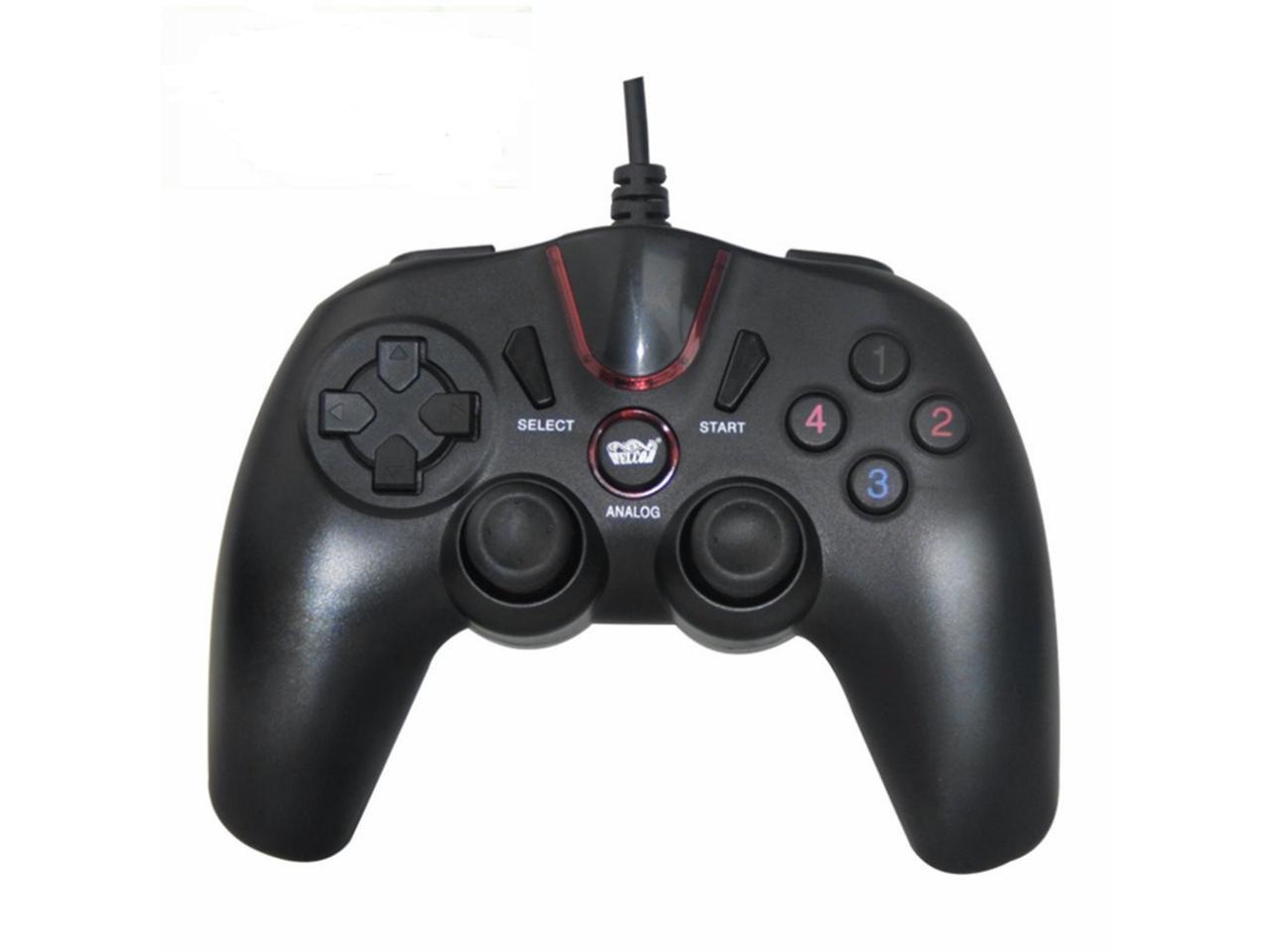
To address this, the missing normal forces are simulated with springs and weights. Servo systems tend to be "one-way," meaning external forces applied aerodynamically to the control surfaces are not perceived at the controls, resulting in the lack of this important sensory cue. This was a useful warning of a dangerous flight condition. In lighter aircraft without servo systems, as the aircraft approached a stall, the aerodynamic buffeting (vibrations) was felt in the pilot's controls. One of the earliest applications of haptic technology was in large aircraft that use servomechanism systems to operate control surfaces.

The sense of touch may be classified as passive and active, and the term "haptic" is often associated with active touch to communicate or recognize objects. All perceptions mediated by cutaneous and kinaesthetic sensibility are referred to as tactual perception. Most researchers distinguish three sensory systems related to sense of touch in humans: cutaneous, kinaesthetic and haptic.

Haptic technology facilitates investigation of how the human sense of touch works by allowing the creation of controlled haptic virtual objects. Simple haptic devices are common in the form of game controllers, joysticks, and steering wheels. The word haptic, from the Greek: ἁπτικός ( haptikos), means "tactile, pertaining to the sense of touch". Haptic devices may incorporate tactile sensors that measure forces exerted by the user on the interface. These technologies can be used to create virtual objects in a computer simulation, to control virtual objects, and to enhance remote control of machines and devices ( telerobotics). Haptic technology, also known as kinaesthetic communication or 3D touch, refers to any technology that can create an experience of touch by applying forces, vibrations, or motions to the user.

A 1980s era head-mounted display and wired gloves at the NASA Ames Research Center


 0 kommentar(er)
0 kommentar(er)
